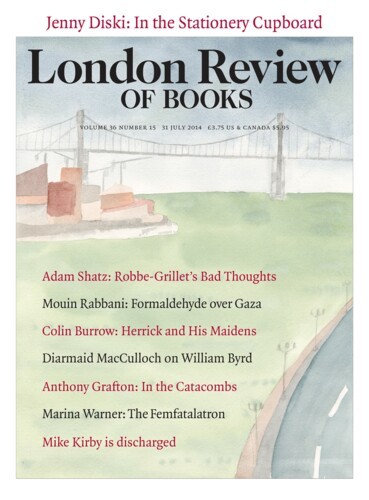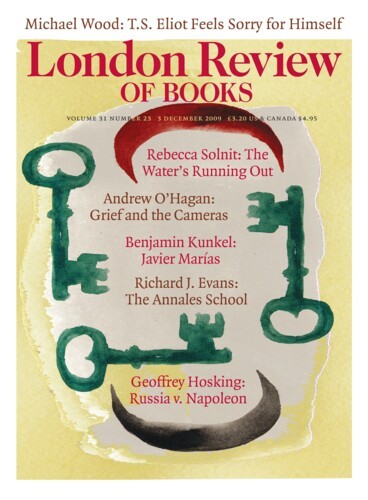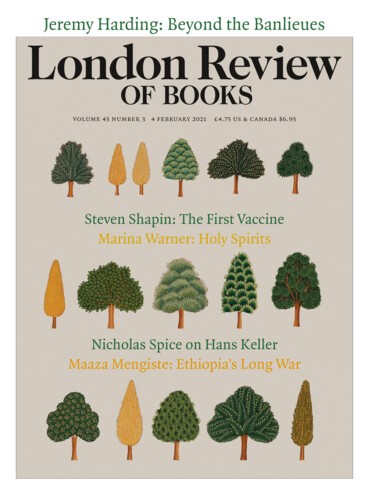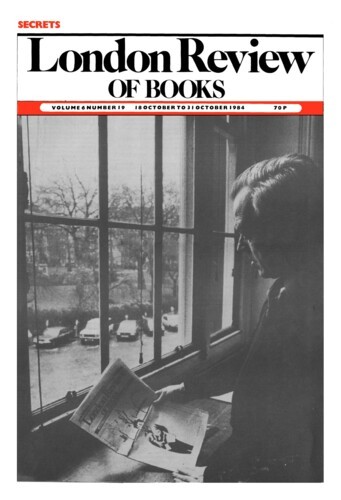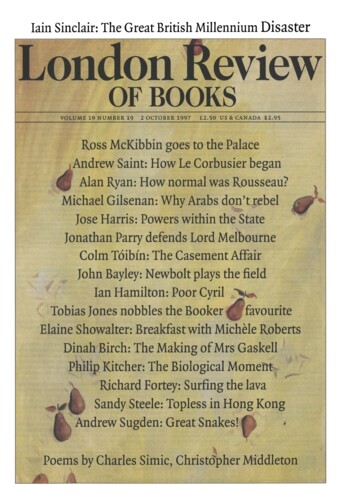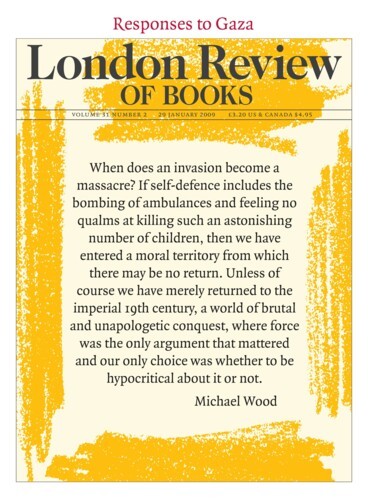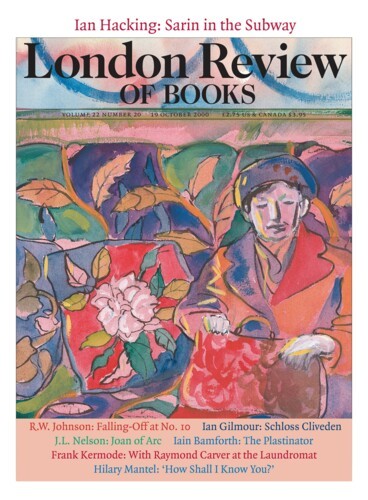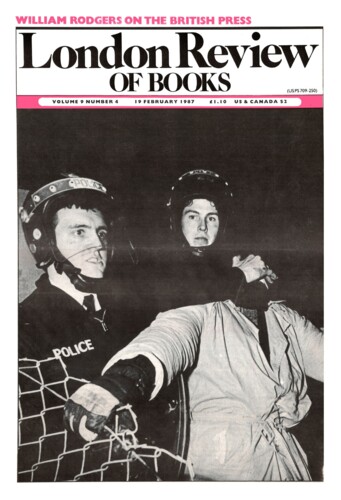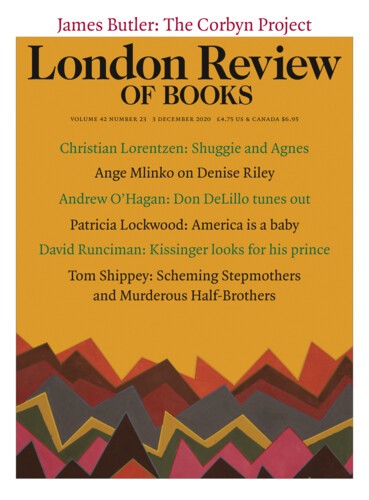That Impostor Known as the Buddha: Incarnations of the Buddha
Eliot Weinberger, 11 September 2014
The Christians’ Disneylands of architectural extravaganzas might be filled with colourful and thrilling, terrifying or sentimental images of Jesus and Mary and the saints, but these were not, they explained, objects of worship: they served only as didactic tools for the illiterate. Not idols for whom prayers were uttered and candles lit, they were edifying comic books.


